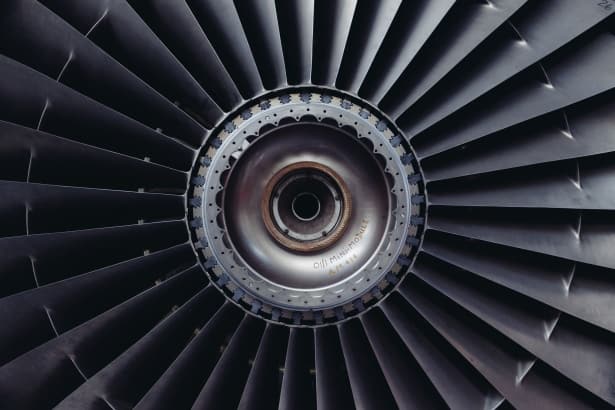
How Do Turbines Generate Power?
Turbines play a crucial role in modern electricity production by converting kinetic energy into electrical energy. Whether powered by gas or steam, turbines generate electricity by spinning rotors, which drive generators through electromagnetic induction. This process is at the heart of many power plants worldwide. Understanding how turbines produce electricity helps operators optimize efficiency and maintain reliable power generation. This article reviews how the spinning of turbines helps them to generate power, as well as factors influencing the efficiency of turbines.
The Basics of Electrical Generation
Generators convert kinetic energy into electrical energy using the principle of electromagnetic induction. Moreover, the key to this process is mechanical movement, which rotates a magnet inside coils of copper wire. This rotation creates an electrical charge by inducing voltage differences within the conductor, hence, resulting in a steady flow of electricity. The faster the magnet spins, the greater the power output of the generator.
How Do Gas Turbines Generate Power
Gas turbines, also called combustion turbines, consist of three main components: a gas compressor, a combustion chamber (combustor), and a turbine. The process begins as air enters the compressor, where it is compressed to high pressure. This compressed air mixes with fuel, usually natural gas, inside the combustor. Then, the mixture ignites, creating high-temperature, high-pressure gases.
The force of these expanding gases spins the turbine blades, which drive the generator’s rotor. As the turbine blades rotate, they draw more air into the compressor, sustaining a continuous cycle. This rotation powers the generator, converting mechanical energy into electricity.
How Do Steam Turbines Generate Power
Steam turbines operate on similar principles but use high-pressure steam instead of combustion gases. A boiler heats water to create pressurized steam, which flows into the turbine. The force of the steam spins the turbine blades, just like in a gas turbine.
After passing through the turbine, the steam cools and condenses back into water. This recycled water returns to the boiler to create more steam, thus, making steam turbines highly efficient and suitable for continuous power generation.
How Spinning Creates Electricity
Modern generators rely on Michael Faraday’s discovery of electromagnetic induction in 1832. When a magnet moves inside a conductor, such as copper wire coils, it induces an electrical charge. Moreover, in turbines, the rotating blades spin the generator’s magnet, producing a powerful flow of electrons. This process converts mechanical energy into usable electrical energy.
The faster the turbine spins, the greater the electrical output. To ensure consistent power production, operators carefully control turbine speed as well as load demand.
The Efficiency of Turbines
Gas Turbines: Fluctuating Temperatures and Energy Loss
Gas turbines operate efficiently but lose energy due to temperature fluctuations during combustion. The intense heat required for fuel ignition can lead to efficiency loss. However, many power plants improve performance by implementing combined-cycle systems.
Steam Turbines: Reliable but Slower to Start
Steam turbines provide higher efficiency than gas turbines because they maintain a consistent heat source. They also require less maintenance and have lower equipment costs. However, steam turbines take longer to reach full operating capacity, which can be a disadvantage in rapid-response power generation.
Combined-Cycle Power Plants: Maximizing Efficiency
Many facilities increase efficiency by using a combined-cycle system. In this setup, hot exhaust gases from a gas turbine power a steam turbine, recovering wasted heat to produce additional electricity. This approach significantly improves fuel efficiency and overall power output.
Optimizing How Turbines Generate Power using Advanced Controls
Since turbine rotation directly impacts electricity production, maintaining precise control over the system is essential. Power plants must continuously monitor turbines, rotors, and facility conditions to ensure optimal performance.
How Petrotech Enhances Turbine Control
Petrotech provides intelligent control systems that optimize turbine performance in power generation plants. Our solutions ensure:
- Real-time monitoring to maintain stable turbine operation.
- Automated control adjustments for maximum efficiency.
- Predictive maintenance tools to prevent downtime.
- Seamless integration with existing power plant systems.
To explore how Petrotech’s advanced turbine control solutions can improve power generation efficiency, visit our white paper library or contact our team today.

